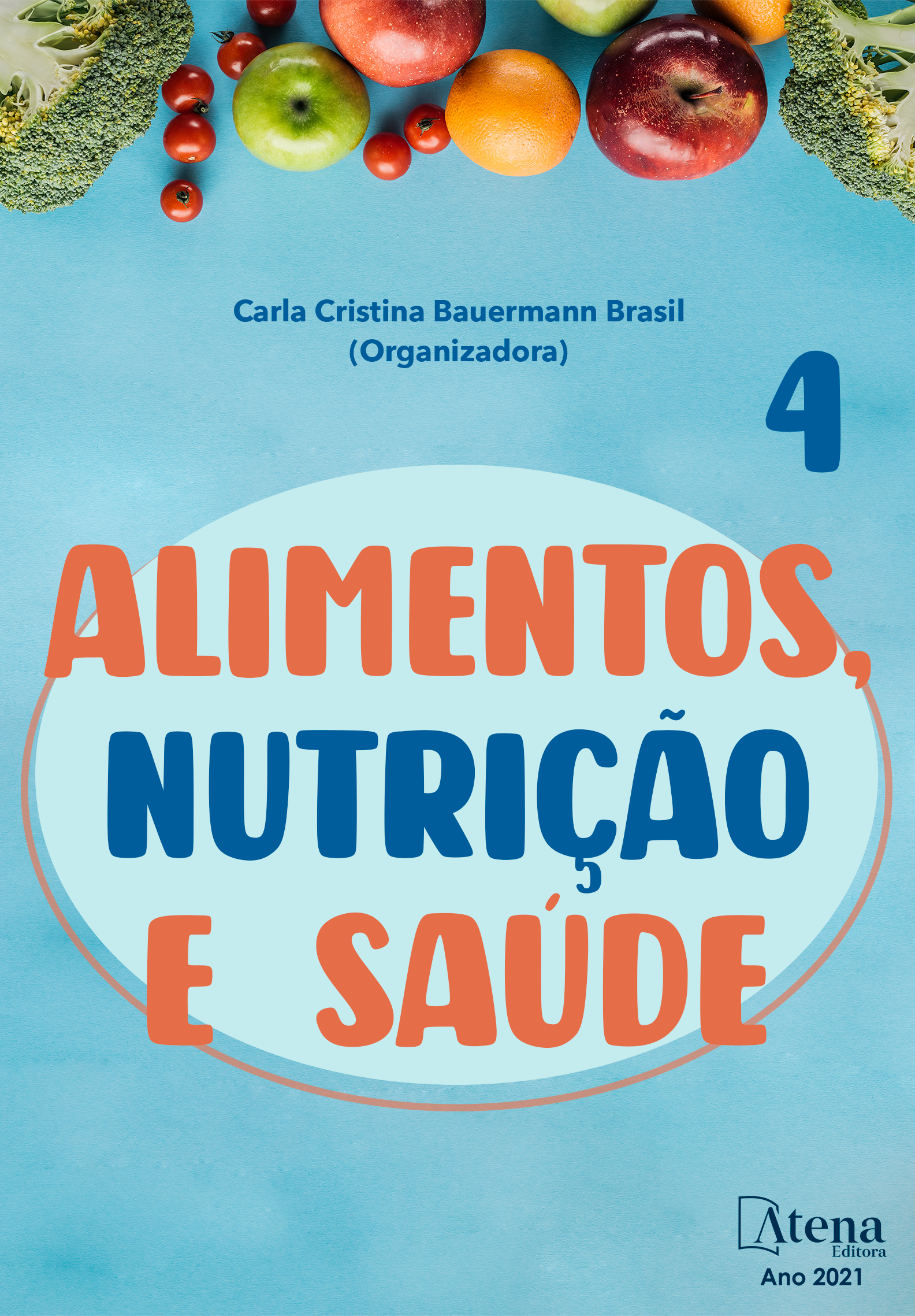
SEGURANÇA ALIMENTAR E TOXICIDADE PRELIMINAR DO ARAÇÁ AMARELO (Psidium cattleianum)
TEMA: O araçá amarelo (Psidium cattleianum) da família Myrtaceae, originário do Amazonas tem sido apontado como potencial antioxidante, antidiabética, anticâncer, antimicrobiana e anti-inflamatória. Entretanto, não foram encontrados na literatura informações sobre o efeito preliminar de toxicidade. OBJETIVO: Avaliar a toxicidade do araçá amarelo frente Artemia salina. METODOLOGIA: A coleta do fruto ocorreu em janeiro de 2018, no Instituto Agronômico do Paraná (25º30’6’’S 48º48’5’). As amostras foram imersas em solução clorada, enxaguadas em água corrente e secas em temperatura ambiente. Foram congeladas (-20 ºC) e liofilizadas. A toxicidade in vitro do teste de letalidade pelo microcrustáceo Artemia salina seguiu a metodologia de Meyer et al. (1982). Foram preparados extratos etanólicos do fruto (50:50) nas concentrações: 10, 100, 250, 500, 750 e 1000 μL/mL em triplicata. As análises ocorreram pelo programa Probits® e expressos em DL50 e a regressão linear pelo software SPSS com intervalo de 95% de confiança. RESULTADOS E DISCUSSÃO: Indicou-se ausência de toxicidade da amostra (r2=0,207) em relação aos controles: positivo (r2=0,898) e negativo (r2=0,961), de acordo com Meyer et al., (1982) para ser tóxico é necessário que as frações apresentem DL50 <1000 μg/mL. Os resultados indicam seguridade do araçá amarelo ao uso popular e para fins medicinais. A Organização Mundial de Saúde (2011), aponta que 80% da população mundial utilizam plantas no manejo clínico de doenças crônicas. É importante alertar que o consumo de plantas para fins medicinais pode levar a interações concomitante com o uso de medicamentos, podendo decorrer em manifestação adversas. Portanto, é necessário considerar os efeitos após a ingestão do alimento na saúde humana, principalmente quando em uso contínuo (hepatotoxicidade e a nefrotoxicidade). Deste modo são necessários ensaios complementares de comprovação de toxicidade em modelo experimental in vivo. CONCLUSÃO: O araçá não apresentou toxicidade pelo ensaio prévio à Artemia salina.
SEGURANÇA ALIMENTAR E TOXICIDADE PRELIMINAR DO ARAÇÁ AMARELO (Psidium cattleianum)
-
DOI: 10.22533/at.ed.02021230810
-
Palavras-chave: Psidium cattleianum; araçá amarelo, toxicidade, artemia salina.
-
Keywords: Psidium cattleianum; yellow araçá, toxicity, saline artemia.
-
Abstract:
TOPIC: Yellow araçá (Psidium cattleianum) of the Myrtaceae family, originating in Amazonas, has been identified as an antioxidant, antidiabetic, anticancer, antimicrobial and anti-inflammatory potential. However, information on the preliminary toxicity effect was not found in the literature. OBJECTIVE: To assess the toxicity of araçá against Artemia salina. METHODOLOGY: Fruit collection took place in January 2018, at the IAPAR (25º30’6’’S 48º48’5’). The samples were immersed in a chlorinated solution, rinsed in running water and dried at room temperature. They were frozen and lyophilized. The in vitro toxicity of the lethality test for the microcrustacean Artemia salina followed the methodology of Meyer et al. (1982). Ethanol extracts of the fruit (50:50) were prepared in the concentrations: 10, 100, 250, 500, 750 and 1000 μL / mL in triplicate. The analyzes were performed using the Probits® program and linear regression using the SPSS software (95% confidence interval). RESULTS AND DISCUSSION: The sample showed no toxicity (r2 = 0.207) in relation to the controls: positive (r2 = 0.898) and negative (r2 = 0.961), according to Meyer (1982) to be toxic, the fractions must have LD50 <1000 μg / mL. The results indicate that yellow araçá is safe for popular use and for medicinal purposes. The World Health Organization(2011), points out that 80% of the world population use plants in the clinical management of chronic diseases. It is important to warn that the consumption of plants for medicinal purposes can lead to concomitant interactions with the use of medications, which can occur in adverse manifestations. Therefore, it is necessary to consider the effects after food intake on human health, especially when in continuous use. Thus, complementary tests to prove toxicity in an in vivo experimental model are necessary. CONCLUSION: The araçá showed no toxicity due to the previous test to Artemia salina.
-
Número de páginas: 8
- Luciana Gibbert
- Marina Talamini Piltz de Andrade
- Carla Dayane Pinto
- Michelli Aparecida Bertolazo da Silva
- Josiane de Fátima Gaspari Dias
- Obdúlio Gomes Miguel
- Claudia Carneiro Hecke Krüger
- Iara José de Messias Reason
- AIANE BENEVIDE SERENO


